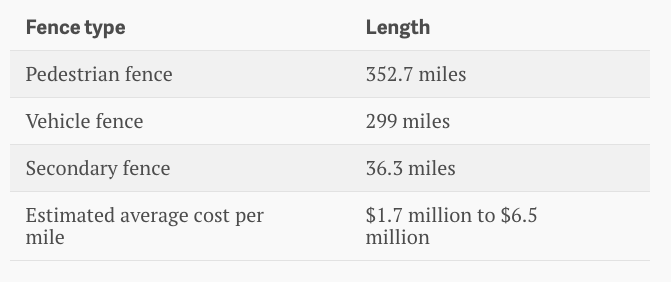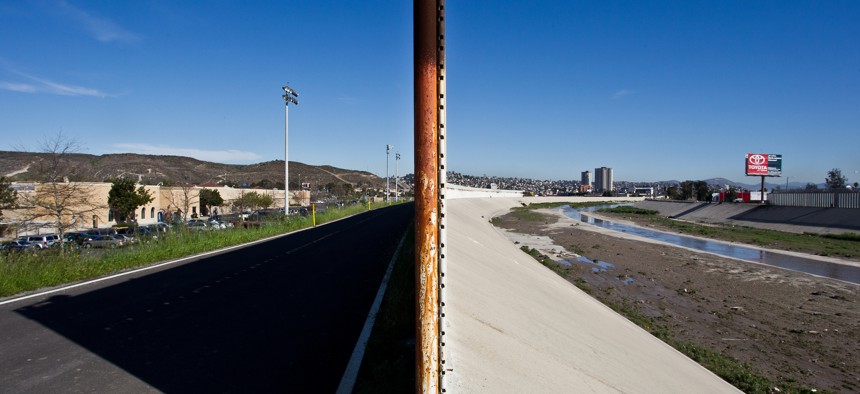Here's What it Would Take to Build The Border Fence Donald Trump Wants
Stretching the existing fence to cover the whole border would cost billions of dollars.
The land border between the US and Mexico is 1,933 miles in length, and Donald Trump would like to see all of it sealed off—as would nearly half of all Americans, according to a survey by the Pew Research Center. (At 46%, the share of those who favor putting a fence along the entirety of the US’ southern border has not changed since 2007—although in the latest poll, released Oct. 8, the profile of supporters skewed whiter, older, and more Republican.)
Erecting an end-to-end barrier would be a complicated and costly endeavor, though.
Here’s a look at the fencing that currently runs along roughly a third of the border, based on reports from the US Congressional Research Center (pdf) and the Government Accountability Office (pdf). Most of the fencing was built between 2005 and 2011, although barrier construction along the border dates back as far as 1990 (pdf).

At those costs, the price tag to seal the rest of the border would be between $2.2 billion and $8.3 billion—although the final tab could be much higher because some of the areas that remain unfenced are remote and inhospitable, and presumably would be more expensive to build on.
Trump isn’t suggesting that the US foot that bill. (In June, he told CNNthat he would build it, but make Mexico pay for it.) But there would be other expense hurdles to consider—legal costs, for example. When the US government tried to secure land to put up the existing wall, a flurry of lawsuits ensued, some filed by the government and others filed against it. Federal officials also had to fight environmentalistsconcerned that the fence would disrupt wildlife.
In the end, blocking off at least parts of the border has not been enough to dissuade smugglers. To get around the current fence, they’ve cut holes in it, carved tunnels under it, and even used a catapult to launch their contraband over it.
A longer, sturdier wall might just yield more creative solutions to overcome it.



